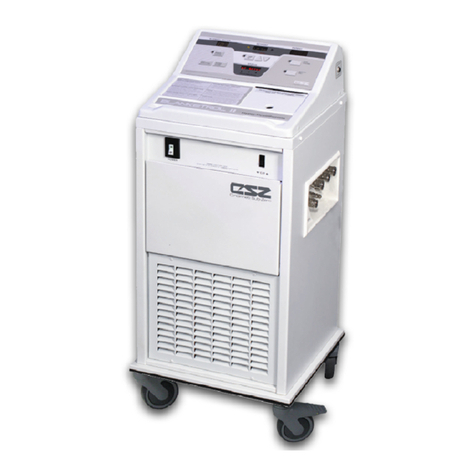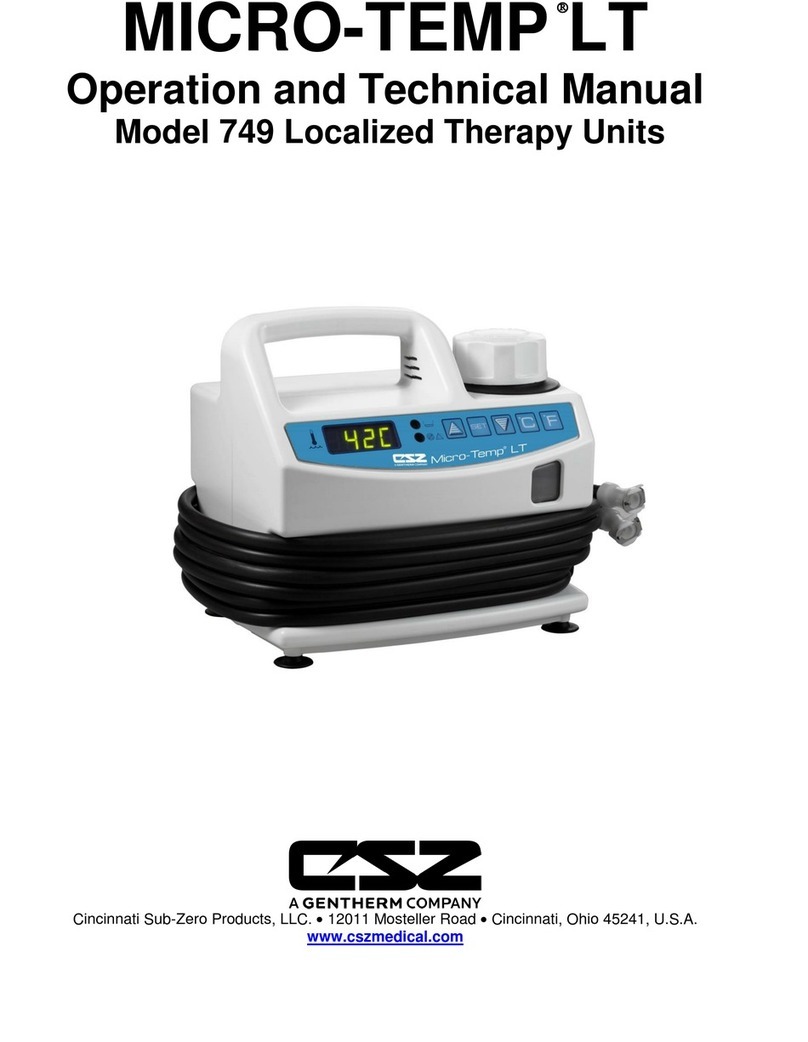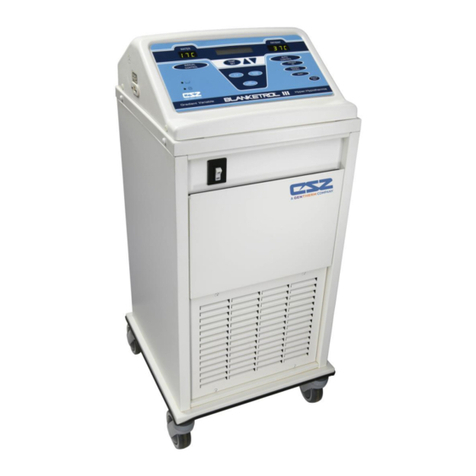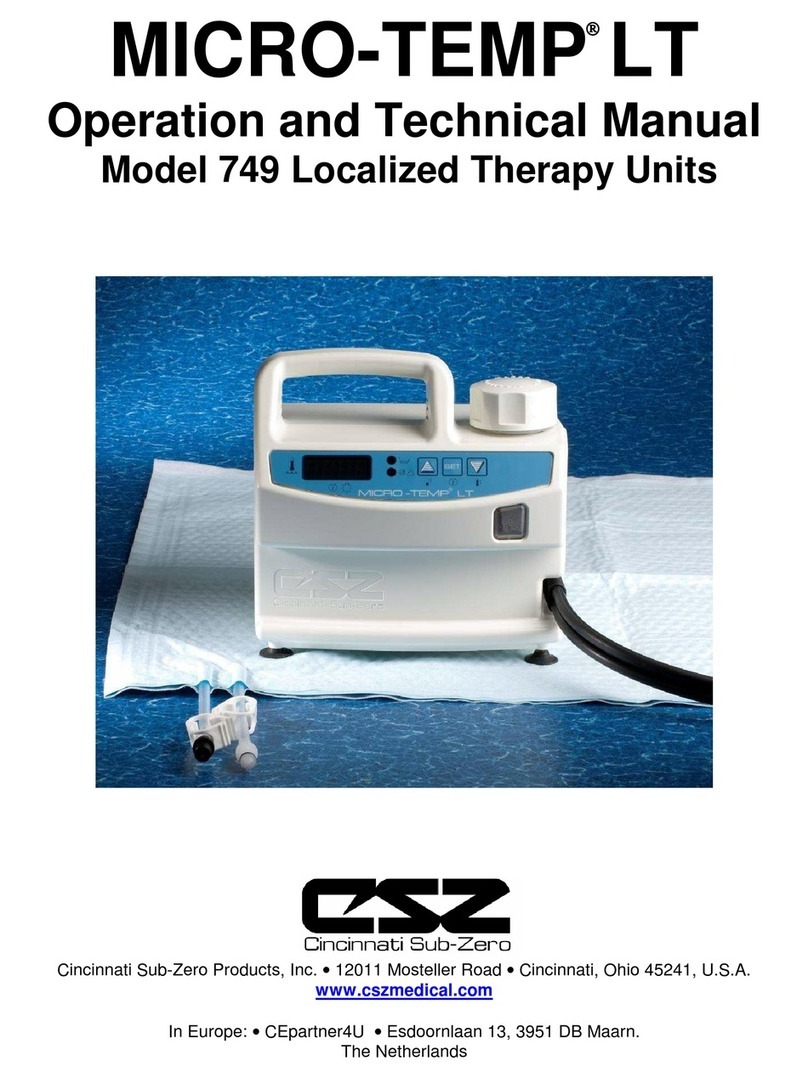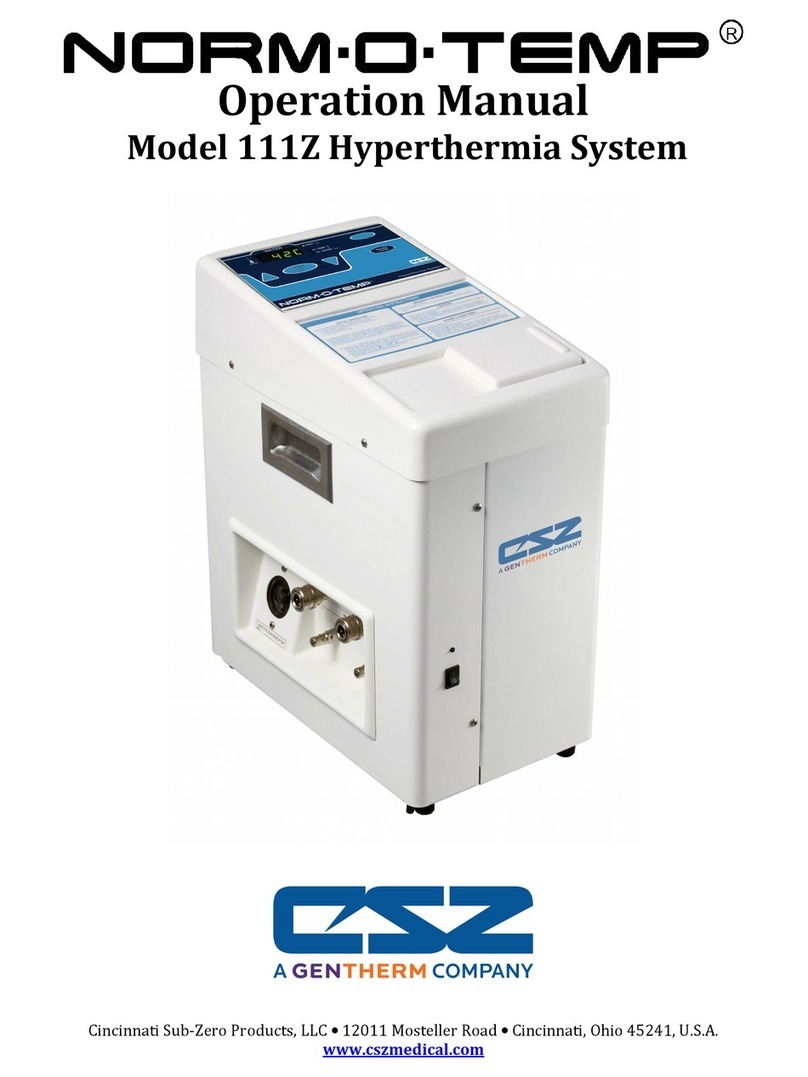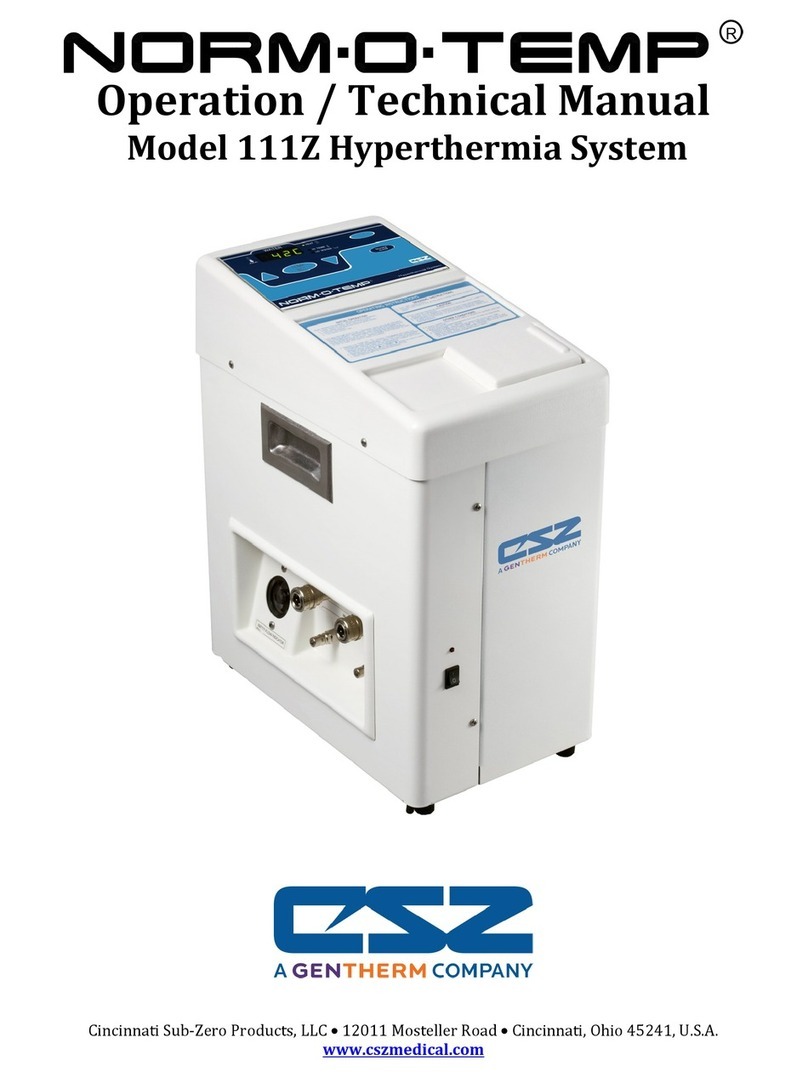
Operation/Technical Manual NORM-O-TEMP®, Model 111W
Page 7 of 82
TABLE OF CONTENTS
Technical Help ..........................................................................................................................................................10
Before you call for Service.......................................................................................................................................10
In-Warranty Repair and Parts................................................................................................................................10
Receiving Inspection ................................................................................................................................................10
Important Safety Information................................................................................................................................10
NORM-O-TEMP®Operating Instructions Quick Start Guide...........................................................................11
Section 1. Introduction.................................................................................................................................13
1-0. General Safety Precautions............................................................................................................................13
1-1. General Description of this Manual............................................................................................................13
1-2. Description of the NORM-O-TEMP® Hyperthermia System.............................................................13
1-3. Physical Description of the Norm-O-Temp System.............................................................................14
1-3.1. External Features and Descriptions –Front View..........................................................................14
1-3.2. External Features and Descriptions –Left Side View....................................................................16
1-3.3. External Features and Descriptions –Rear View............................................................................18
1-3.4. External Features and Descriptions –Right Side View.................................................................20
1-3.5. External Features and Descriptions –Top View .............................................................................22
1-4. Required Accessories.......................................................................................................................................24
1-5. Functional Description of the NORM-O-TEMP System......................................................................24
1-5.1. Heating System..............................................................................................................................................24
1-5.2. Circulating System .......................................................................................................................................24
1-5.3. Temperature Safety Control System.....................................................................................................25
Section 2. Specifications and Certifications..........................................................................................26
Section 3. General Preparation of the NORM-O-TEMP®System ....................................................28
3-0. Introduction.........................................................................................................................................................28
3-1. Unpacking the Shipment ................................................................................................................................28
3-2. First Time Set-Up / System Test Routine................................................................................................28
3-2.1. Inspecting and Arranging the Equipment ..........................................................................................28
3-2.2. Completing a System Test Routine........................................................................................................30
3-3. Unit and Patient Related Precautions............................................................................................................32
3-4. Patient Preparation and Bedside Care......................................................................................................32
3-5. Alarms and Error Displays ............................................................................................................................33
Section 4. Operating the NORM-O-TEMP®System..............................................................................35
4-0. Introduction.........................................................................................................................................................35
4-1. Arranging the System Components ...........................................................................................................35
4-2. Operating the NORM-O-TEMP®System....................................................................................................36
4-3. Concluding the Use of the NORM-O-TEMP®System............................................................................37
Section 5. General Maintenance of the NORM-O-TEMP® System ...................................................38
5-0. Introduction.........................................................................................................................................................38
5-1. Maintenance of Water Reservoir ................................................................................................................40
5-1.1. Internal Clean using Bleach / Dry Storage Procedure ..................................................................40
5-1.2. Internal Cleaning and Disinfecton Using Gigasept FF / Dry Storage Procedure................42
5-1.3. Internal Cleaning and Disinfection Using Maranon H / Dry Storage Procedure................43
5-1.4. Draining the Reservoir ...............................................................................................................................44
5-1.5. Replenishing the Reservoir / Fixing a Low Water Alarm ............................................................45
5-2. Maintenance of the Water Filter .................................................................................................................45
5-3. Maintenance of the NORM-O-TEMP®Exterior –Cleaning Instructions .....................................47
5-4. Maintenance of the Hyper-Hypothermia Blanket / Pad(s)..............................................................47
5-4.1. Cleaning / Maintenance of Reusable Blanket / Pad(s) .................................................................47
5-4.2. Cleaning / Maintenance of Disposable, Single-Patient Use Blanket / Pad(s)......................47
Section 6. Field Repair / Service of the NORM-O-TEMP®.................................................................48
6-0. Introduction.........................................................................................................................................................48






